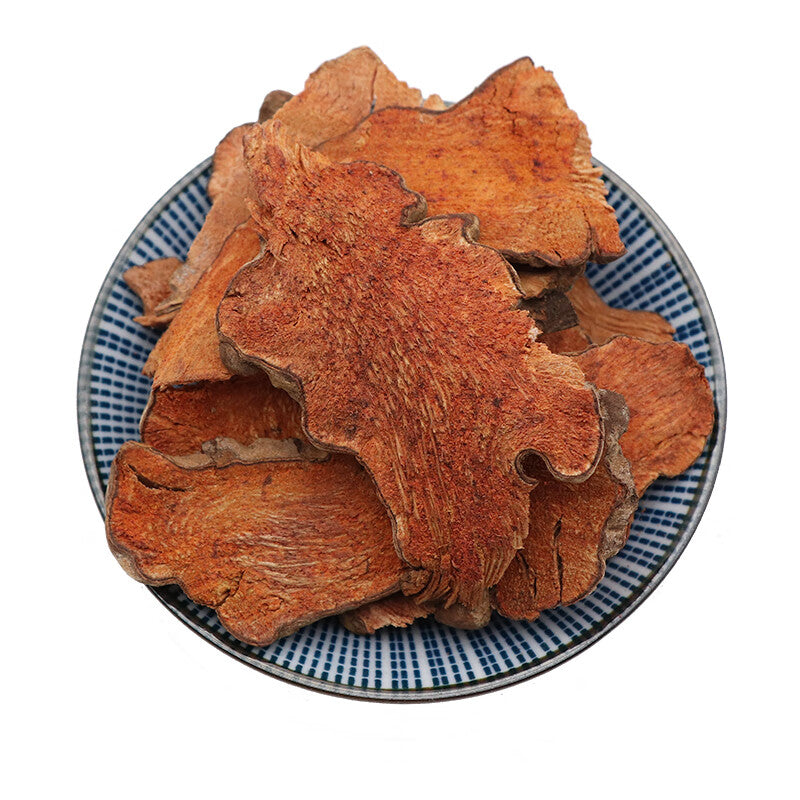Diuretic and dampness-removing medicine
Drugs whose main functions are to unblock water channels and seep out water and dampness, and are often used to treat the syndrome of internal water-dampness, are called medicines for diluting water and expelling dampness.
This type of medicine tastes mostly sweet and bland or bitter, and is mainly directed to the bladder, small intestine, kidney, and spleen meridians. Its effects tend to be downward. The bland ones can penetrate and benefit, while the bitter ones can reduce diarrhea. This type of medicine has the effects of diuresis and swelling, diuresis and stranguria, diuresis and jaundice reduction.
The diuretic and dampness-removing medicines are mainly used to treat various diseases caused by water-dampness such as edema, difficulty in urination, diarrhea, phlegm, stranguria, jaundice, eczema, vaginal discharge, dampness and warmth. When using diuretic and dampness-removing drugs, the corresponding drugs must be selected according to different disease syndromes, and the appropriate combinations must be made.
Diuretic and dampness-removing drugs are easy to consume and damage body fluids. They should be used with caution or avoid use for those with yin deficiency and insufficient body fluids, kidney deficiency, spermatorrhea and enuresis. Some drugs have strong tonic effects and should be used with caution by pregnant women.
According to the different properties and main effects of diuretic and dampness-removing drugs, they are divided into three categories: diuretic and swelling drugs, diuretic and stranguria drugs, and diuretic and anti-jaundice drugs.
Diuretic and stranguria medicine
The nature and flavor of this type of medicine are mostly bitter and cold, or sweet and mildly cold. Bitterness can reduce diarrhea, coldness can clear away heat, and can remove dampness and heat in the lower Jiao. It has the main function of diuresis and treating stranguria, and is mainly used to treat hot stranguria, bloody stranguria, stone stranguria, and ointment stranguria. In clinical practice, corresponding diuretic and stranguria-relieving drugs should be selected according to the disease condition, and appropriate compatibility should be made to improve the efficacy of the drugs.
萆袢(bìxiè)
It was first recorded in "Shen Nong's Materia Medica".
This product is the dried rhizome of Dioscorea, Dioscorea fuzhouensis and Dioscorea fuzhouensis. The smell is slight and the taste is slightly bitter. It is better to have large and thin slices, yellowish-white color when cut, and loose texture. raw use.
[properties of medicine] bitter, flat. Return kidney, stomach warp.
[Efficacy] Diuretic dampness and turbidity, dispelling wind and numbness.
【application】
1. Creamy discharge, white turbidity, excessive leucorrhea
This product is good at diluting dampness, distinguishing and removing turbidity, and is an important medicine for treating stranguria. It is used for ointment and turbid urine, as white as rice water; it can also be used to treat leucorrhea in women with excessive dampness.
2. Rheumatic arthralgia, joint disadvantage, waist and knee pain
This product can dispel wind and remove dampness, dredge collaterals and relieve pain, and is good at treating arthralgia in the waist and knees, and unfavorable flexion and extension of tendons and joints.
[Usage and Dosage] Decoction and take, 9~15g.
[Cautions for use] Use with caution in patients with kidney yin deficiency, spermatorrhea and spermatorrhea.

